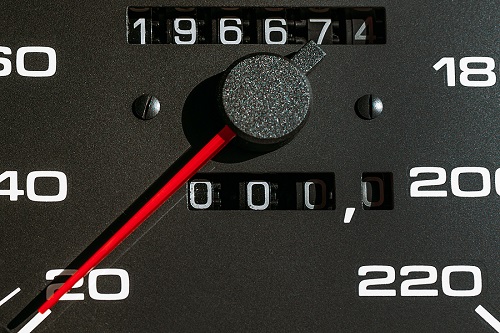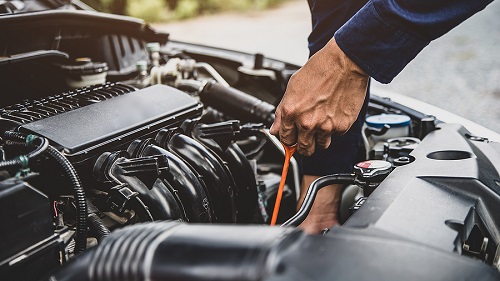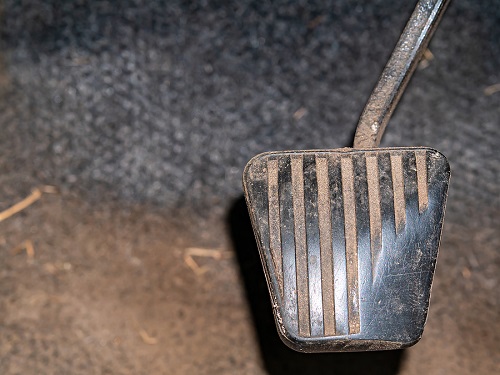Buying yourself a car is an exciting time, but the dream can turn into a nightmare if you end up with a bad purchase. So how do you safeguard against that? How do you know what things to check when buying a used car?
There are plenty of reputable used car dealerships and second-hand salesmen all earning an honest living. But unfortunately there are unscrupulous characters too, who wouldn’t hesitate to take your hard-earned cash in return for a dodgy motor.
The trick here is weeding out the good cars from the bad and, while there is no water-tight guarantee to this when buying a used car, there are certainly several sensible steps you can take to protect yourself from ending up with a poor example.
You are the buyer here – the customer – so take your time when looking at any used car, ensure you know all about what you’re buying and be happy that your new dream machine drives as you would want it to.
A little preparation and some thought can go a long way towards protecting yourself in what should be an enjoyable time but can sometimes end up as an unwanted memory.
Here is Motorcheck’s checklist of what to check when buying a used car:
History check

First and foremost, get a history check done on your potential next car. It’s not expensive and can be money well spent if it discovers a car with a history that the owner didn’t want you to know about. Motorcheck’s £9.99 Single Check, for example, will find out if there has been a colour change, a plate change, if a recorded mileage seems too high or too low, or if there is outstanding finance associated with the car.
Documents
That V5C is an important document as it tells you who the current registered keeper is. Ideally you want that to be the person you are buying from or at least someone who legally owns the vehicle. Ask for any other documents, receipts or owner manuals that might come with the car too.
MOT
If the car is older than three years it will have an MOT history. History checking services will cover this but you can also do it yourself on the Government’s Gov.uk site. Service histories are also useful but, as they are not a legal requirement, they can be harder to track. If someone has looked after their car well though, you’d expect them to have a full, stamped service book.
Mileage

We would all like a second hand car that has been used by a single person who only drives to the shops and back and does about 5000 miles a year. But actually, that’s not especially good for a car. A higher mileage example that has been serviced and looked after is nothing to be afraid of. What you don’t want is a ‘clocked’ car – one that has had its mileage tampered with. Be sure that the given mileage tallies with the age and ‘feel’ of the car.
Bodywork
As cars get older the chance of a small dent, scratch or scrape increases. It’s unusual to find something without at least a scuffed wheel. Look at the extent of any damage and for signs of rust. You can always use blemishes as a bargaining chip when you're hammering out a deal.
Engine

While you can spot body damage fairly easily, you can’t always see what’s going on under the bonnet. The engine is the heart of any car and if that fails, you have an unwanted duffer on your hands. Poor engines are usually noisy, especially when cold. If the engine on the car you’re thinking of buying is warm when you turn up for a test, be suspicious. Ask to come back again for a cold start – or just walk away.
Tyres and brakes
If the car you’re looking at has well-worn tyres, it wouldn’t be long before you’re paying out for replacements. Check the tread depth with a gauge, which are not expensive. Out for a test drive? Give the brakes a firm stamping (once you have checked behind you) and, if the car fails to pull up well, or dives to one side of the road, think about taking your money elsewhere.
Interior

Again with older cars, the seat fabric, trim and plastics become worn as time goes by. If the age of the car or its mileage don’t tally with any wear and tear, be suspicious. Press every button and try every switch – don’t assume they will all work as expected. And make sure the instrument panel lights up nicely and everything comes on as it should.
Test drive
You wouldn’t buy a laptop or iPad without making sure everything works, so don’t do anything less with a car. Have a good test drive and try everything out. You might find something that doesn’t work – that’s no problem as long as the seller acknowledges it and takes it into account when agreeing a deal. And if you’re buying from a dealer or used forecourt, you can ask them to put the fault right before you sign on the dotted line. And last but not least, bring our list of what to look for when buying a used car along with you!
